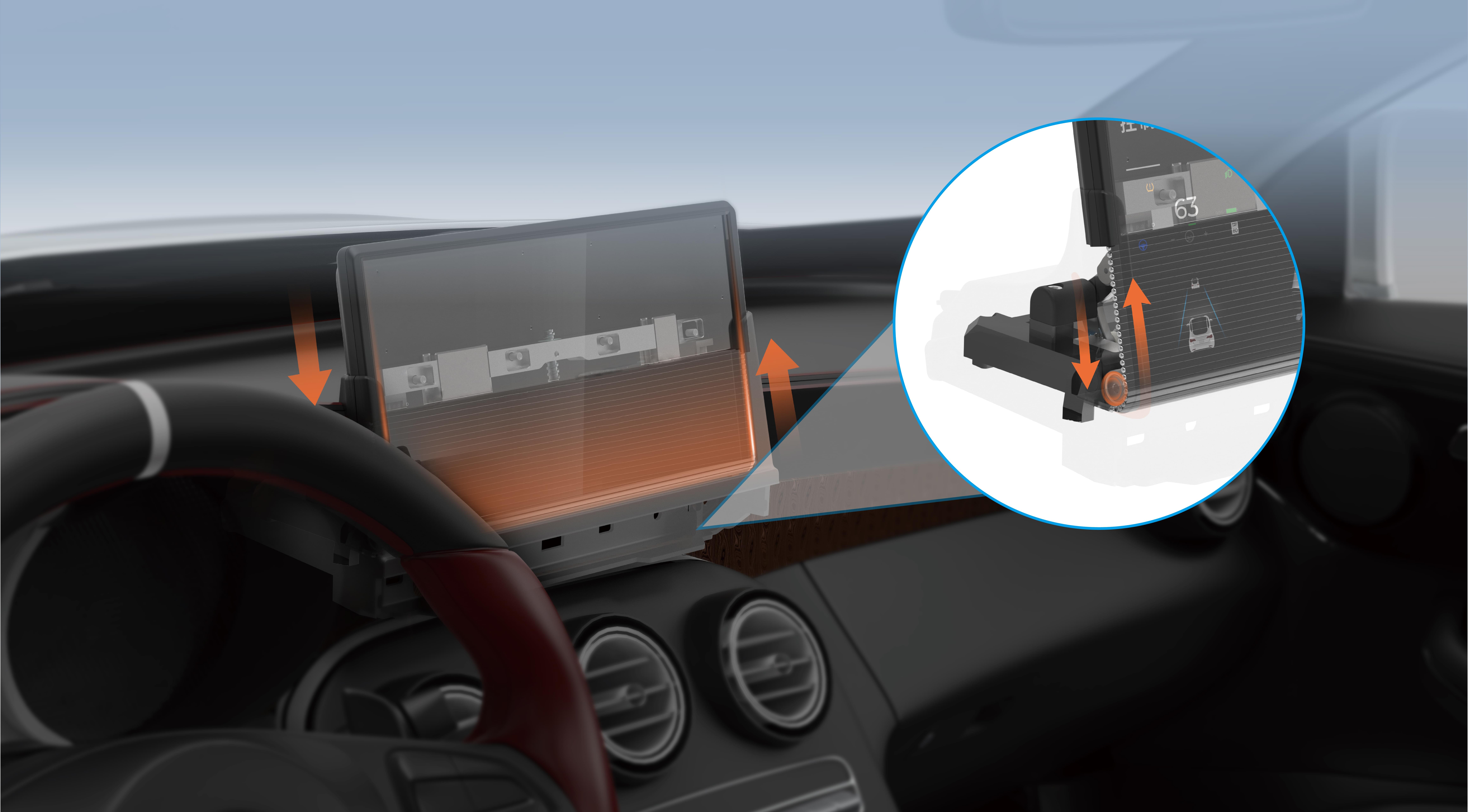Unlocking Flexibility: A Guide to Connecting and Controlling Servo Motors with Arduino
Imagine the thrill of bringing a robotic arm to life, making a tiny drone adjust its flaps in perfect harmony, or even creating a smart home device that responds to your command with mechanical precision. All of these exciting projects hinge on one fundamental component—the servo motor. Compact, precise, and versatile, servo motors are the backbone of countless DIY electronics, robotics, and automation projects. And thanks to Arduino, the open-source microcontroller platform that’s both accessible and powerful, integrating these motors into your creations has never been easier or more enjoyable.

What is a Servo Motor and Why Use It?
Before diving into the technicalities, it’s worth appreciating what makes a servo motor special. Unlike regular DC motors that spin freely in one direction, servo motors are designed for precise control of angular position, velocity, and acceleration. They pack a small motor, a gear reduction unit, and a built-in control circuit into a compact package, allowing you to command a specific position with remarkable accuracy—often within a fraction of a degree.
This ability to accurately control angles makes servo motors an ideal choice for tasks like steering mechanisms in robotics, camera gimbals, automated doors, or even art installations. Their ease of control and reliability have cemented their status as the go-to actuators for hobbyists, students, and professionals alike.
Getting Started with Arduino and Servo Motors
The combination of Arduino microcontrollers and servo motors opens a world of possibilities. Arduino boards—like the Arduino Uno, Mega, or Nano—offer an accessible platform for beginners and seasoned enthusiasts to experiment with controlling physical devices. They are compatible with a vast library ecosystem, which simplifies the process of scripting complex movements with just a few lines of code.
Tools and Components Needed
Arduino Board: Arduino Uno is a popular choice for beginners. Servo Motor: Standard 9g or servo motors commonly used in hobby projects. Power Supply: Usually, a 5V power source; some projects may require external power if multiple servos are used. Jumper Wires: For making connections between the Arduino and the servo. Breadboard: Optional, for prototyping. Resistors and Connectors: Optional, depending on your setup.
Basic Principles of Connecting a Servo to Arduino
Connecting a servo motor is straightforward. The most common servo has three wires: power (often red), ground (black or brown), and signal (white, yellow, or orange). Here’s a simple step-by-step:
Identify the wires: Check the servo’s datasheet or labeling. Usually:
Red: Power (+5V) Black/Brown: Ground (GND) Yellow/White/Orange: Signal (PWM control)
Make the connections:
Connect the servo’s power wire to the Arduino’s 5V pin. Connect the ground wire to the Arduino GND. Connect the signal wire to one of the Arduino’s PWM-enabled digital pins (e.g., pin 9).
Power considerations:
If you’re using a single servo, powering through the Arduino’s 5V might suffice. For multiple servos, an external power supply is recommended to prevent voltage drops or resets.
Programming the Arduino to Control the Servo
The Arduino IDE includes a built-in library named 'Servo' that simplifies the control process. Here’s a quick overview of how to set up your code:
#include Servo myServo; // create servo object to control a servo void setup() { myServo.attach(9); // attaches the servo on pin 9 } void loop() { myServo.write(90); // set servo to middle position delay(1000); // wait a second myServo.write(0); // move to 0 degrees delay(1000); myServo.write(180); // move to 180 degrees delay(1000); }
This code will cycle the servo through three positions—0°, 90°, and 180°—with a pause of one second at each point. You can modify the angles and delays to suit your project.
Safety Tips and Troubleshooting
Always ensure your power supply can handle the servo’s current draw, especially during movement. Avoid stalling the servo by commanding it beyond its physical limits. If your servo jitters or doesn’t respond as expected, check connections and review your code.
Expanding the Basic Setup
Once you’re comfortable controlling a single servo, consider adding sensors (like potentiometers, ultrasonic sensors, or encoders), creating feedback loops, or even controlling multiple servos simultaneously using the Arduino's capabilities.
Leveraging innovations in modular drive technology, Kpower integrates high-performance motors, precision reducers, and multi-protocol control systems to provide efficient and customized smart drive system solutions.




































